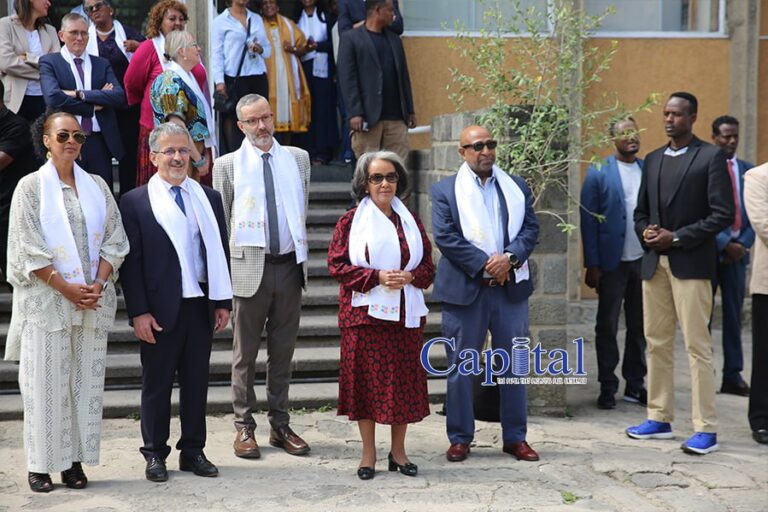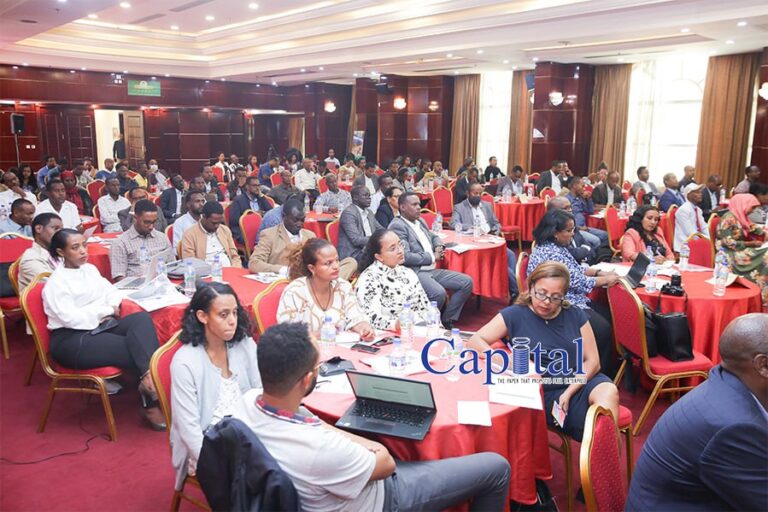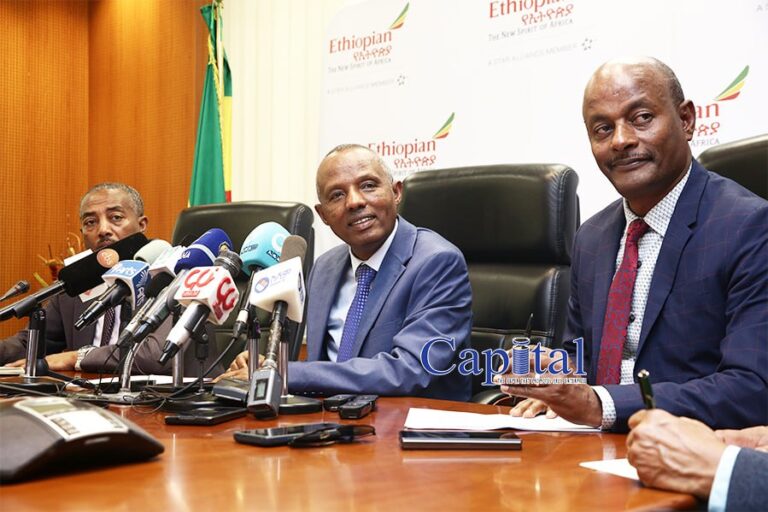Funding gaps in the Ministry of Information, Communication, Technology and National Guidance are crippling the ministry’s capacity to ICT provide the required services to Ugandans.
The Minister for ICT, Hon. Chris Byromunsi, said that ICT and National guidance was born out of a merger yet the Ministry of Finance has completely ignored the communications and national guidance aspect.
Dr. Baryomunsi was appearing before the Committee on ICT and National Guidance, chaired by Hon. Eng. Moses Magogo, on Friday 22 March, 2024.
He expressed concern on how the communication budget for the Ministry has not been considered for a long time, leaving officers and commissioners with no resources for their work.
“Where we are going, we need to revitalize the communications function and national guidance bit because we need to inform the country about government functions and yet finance is not giving any money,” he said.
“Officers and commissioners have no facilitation yet they are crucial both centrally and at the local government level to provide ICT services,” he added.
The Permanent Secretary Ministry of ICT, Ms. Aminah Zawedde, reiterated the need for more funding and highlighted that under the development of local ICT services, the Ministry required Shs13.5 billion, yet only Shs11.3 billion was provided.
She decried the glaring gap in resource allocation in the Ministry, questioning how only a fraction of the monies required by the Ministry is availed, consequently increasing the challenges of acquiring infrastructure such as computers for schools, digital skilling, taking services online, creating awareness in cybercrimes, creation of employment opportunities among others.
She said that the next intervention to upgrade the Parish Development Model (PDM) system where the ministry requires Shs5.5 billion but only Shs4 billion has been released could stagnate the implementation of key PDM projects.
“If we do not automate these systems before project implementation, then we shall miss out on transparency and accountability yet this digitisation is key for successes of the model,” she explained.
She appealed to the committee to support the ministry to address the current funding gap that is amounting to a total of Shs38.7 billion.
Hon. Noah Musa (Ind., Koboko North) tasked the Ministry of Finance to clarify why it was not availing funds to ICT since no prior explanation had been given.
The Chairperson, Hon. Magogo guided that for the ICT ministry to give Ugandans a comprehensive ICT solution, there was need for a holistic approach to develop the aspects of hardware, software and people ware.
Distributed by APO Group on behalf of Parliament of the Republic of Uganda.









